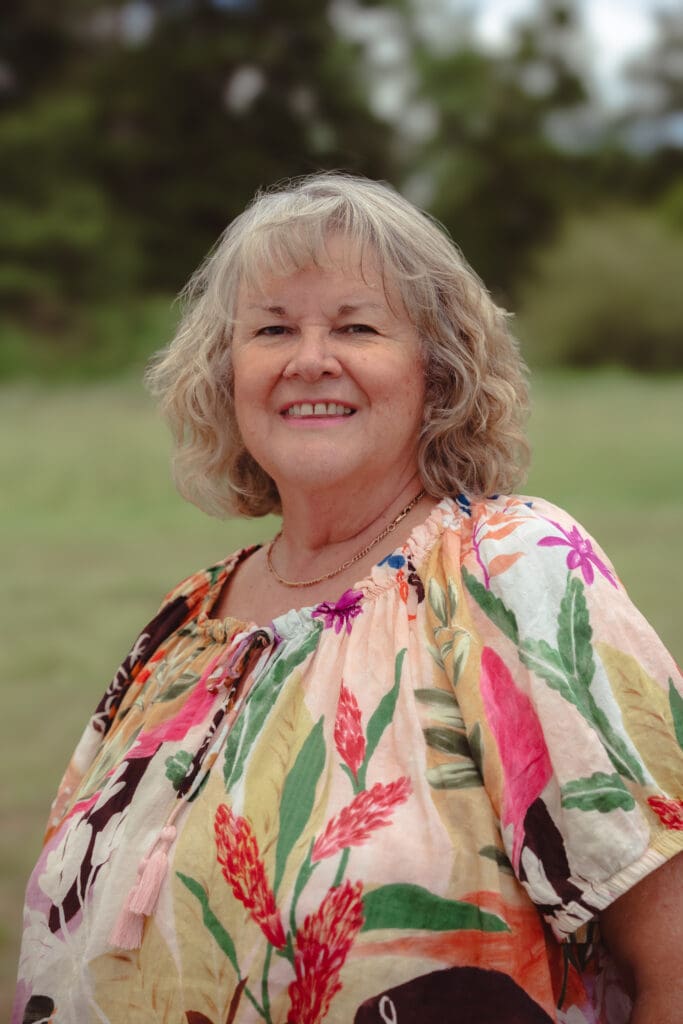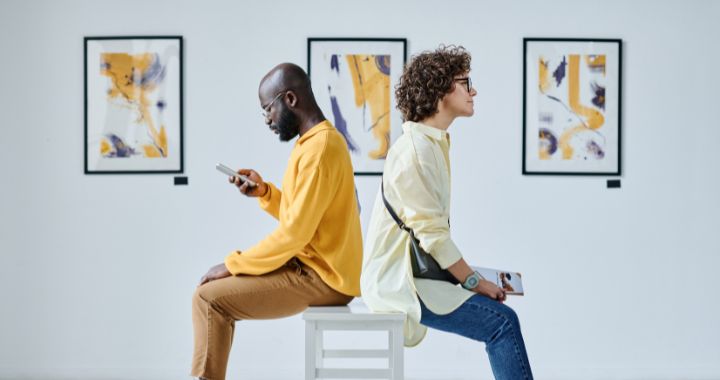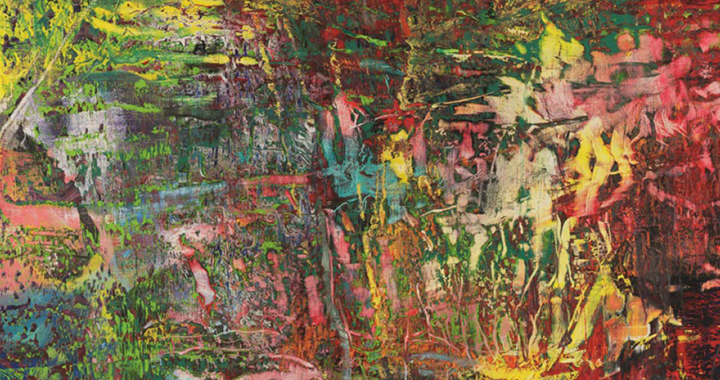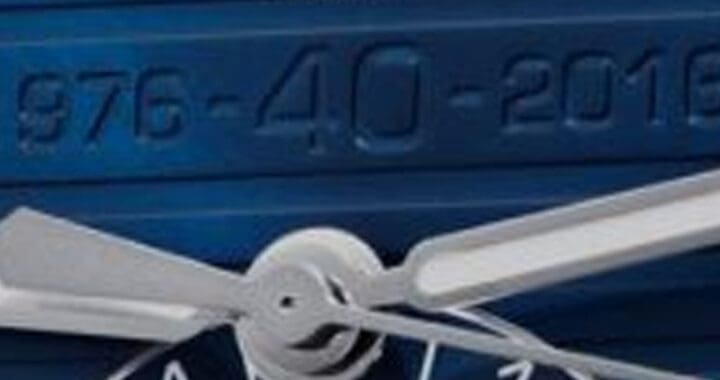Rachel Doerr, Managing Director
“For me, it starts with my mum. She always encouraged me and pushed me forward. Her influence extended to the music she played, like Joni Mitchell, Diana Ross and Barbra Streisand. Their voices of strength left a lasting impression.
In my career, I have been lucky to have strong women believe in me, like Ann Coad and Christel Goldthorpe. Now, I am surrounded by an incredible team, from jewellery and silver specialists to our brilliant admin and marketing teams. On this special day, I want to thank them all.”


Aurélia Turrall, Jewellery Specialist
“The women who inspire me in my industry are my Doerr Dallas Valuations colleagues. Each and every one of these extraordinary women has a wealth of knowledge that is only fictionalised in most books and films. Each one excels in one specific area and everyday I try to better myself by learning from them all, whether it be knowledge on instruments and kit to purchase to perfect valuations, or knowledge about a specific jewellery brand, gemstone or period in time. The rise of AI means nothing when you work with such splendid minds!”
Stephanie Connell, Senior Valuer & Collectibles Specialist
“On International Women’s Day it is important to me to consider all of the female designers and artists whose work has been pivotal but whose names have been overlooked or forgotten. One such designer is Clara Driscoll. Clara was one of the most important glass designers of the late 19th and early 20th centuries. Her work was produced for Tiffany Studios – so if you can imagine the famous Tiffany lamps – the design you’re thinking of was likely created by Clara Driscoll.”


Francesca Orme, Jewellery Specialist
“My grandmother Maria Valentini is who I’d like to recognise for International Women’s Day. An inspiration not only as a woman but my reason for loving working with jewellery and appreciating all aspects of it.”
Kristin Panagiotou, Administration Manager
“The former Vice-President, Kamala Harris, is someone who I find inspirational. As the first woman to hold the position of Vice-President, as well as the first South Asian American and first Black American, she tirelessly worked and continues to break boundaries by striving to improve immigration policy, women’s rights and gun violence to name a few. Through her perseverance, activism and commitment to fighting injustice she is an inspiration to all women, young and old.”


Fiona Hamilton, Silver Specialist
“Miranda Leslie née Grant is also from the Highlands of Scotland and came to Bonhams Edinburgh in 2002 as Head of Jewellery and Silver, becoming Managing Director in 2008. Miranda was charismatic, generous with her expansive knowledge, and supportive and I feel privileged to have had her as a mentor.”
Jenny Knott, Silver & Jewellery Specialist
“International Women’s day gives us an opportunity to remember the pioneering women upon whose shoulders we stand. I am inspired by women, who against the odds, and often in the face of personal loss and economic imperative, forged careers as silversmiths and businesswomen; most famously, but by no means uniquely, Hester Bateman. A few years ago, I came across the work of Rauni Higson. I love the naturalist flow to her work. Since seeing and valuing some of her pieces, I have followed her career. I love her sentiment that silver is ‘a magical material that responds to light like nothing else except perhaps the moon. It has entranced humans forever, and it is extraordinary malleability means that almost any form that can be imagined can be realised, with enough time, skill and patience’. Having been tutored herself by master craftsmen, she now mentors up and coming silversmiths. She lives and works in Snowdonia, and her connection to the landscape is self-eident in her work. For silversmithing to continue as a craft we need craftspeople like Rauni with her integrity, skill and innovation.”


Jenny Serra, Marketing Manager
“This year, my inspiration for International Women’s Day is the iconic Iris Apfel, who passed away last year at the age of 102. The recent auction of her clothes and jewellery highlighted just how remarkable she was. She secured her first modelling contract at 97 and lived boldly, unapologetically, and entirely on her own terms. Her fearless approach to life is something to aspire to. If I can make it to 100 while embracing even a fraction of that spirit, I would consider it an incredible achievement.”
Jane Vann, Private Client Services Administrator
“Anne, The Princess Royal, is a very inspirational, hard working & brave woman.
Her no nonsense approach has stood her in good stead for many years, enabling her to become a top level event rider and the first Royal to compete in the Olympic Games. She also had to endure an attempt in her life & failed kidnapping in 1974. She is probably the hardest working member of the Royal family & I really admire her dedication, determination & no fuss attitude – she is very inspirational!”


Ashley Crawford, Asian Art Expert
“One of my favorite female artists is Akiko Higashimura, an author of josei manga, or “women’s comics”. Higashamura has achieved wide success in what otherwise remains a male-dominated field, with her books translated into many languages and frequently adapted to anime and live-action TV series and films. Her plots feature imperfect heroines navigating their way through issues that women face in modern-day Japan. It goes without saying that Higashimura’s novels pass the Bechdel test! Higashimura and her heroines are admirable role models to celebrate this International Women’s Day and I’m looking forward to reading what she publishes next!”
Liz Bailey, Jewellery, Silver & Watch Specialist
“Doerr Dallas is host to a wonderful selection of women who I absolutely admire! From the wonderful MD Rachel, the team in marketing and administration to our selection of specialists. This group of women is immensely dedicated, knowledgeable and supportive of one another. The breadth and depth of knowledge of the team is something that I really appreciate and admire. The six of us jewellery girls have combined decades of experience – between us the amount of jewellery and watches we will have valued collectively is staggering! It is always a great pleasure to talk with and learn from the other specialists we have in the team, covering silver, collectables, Asian art, fashion and Russian works of art to name a few!”

To arrange a valuation for your items please call us on 01883 722736 or email us on [email protected]

















